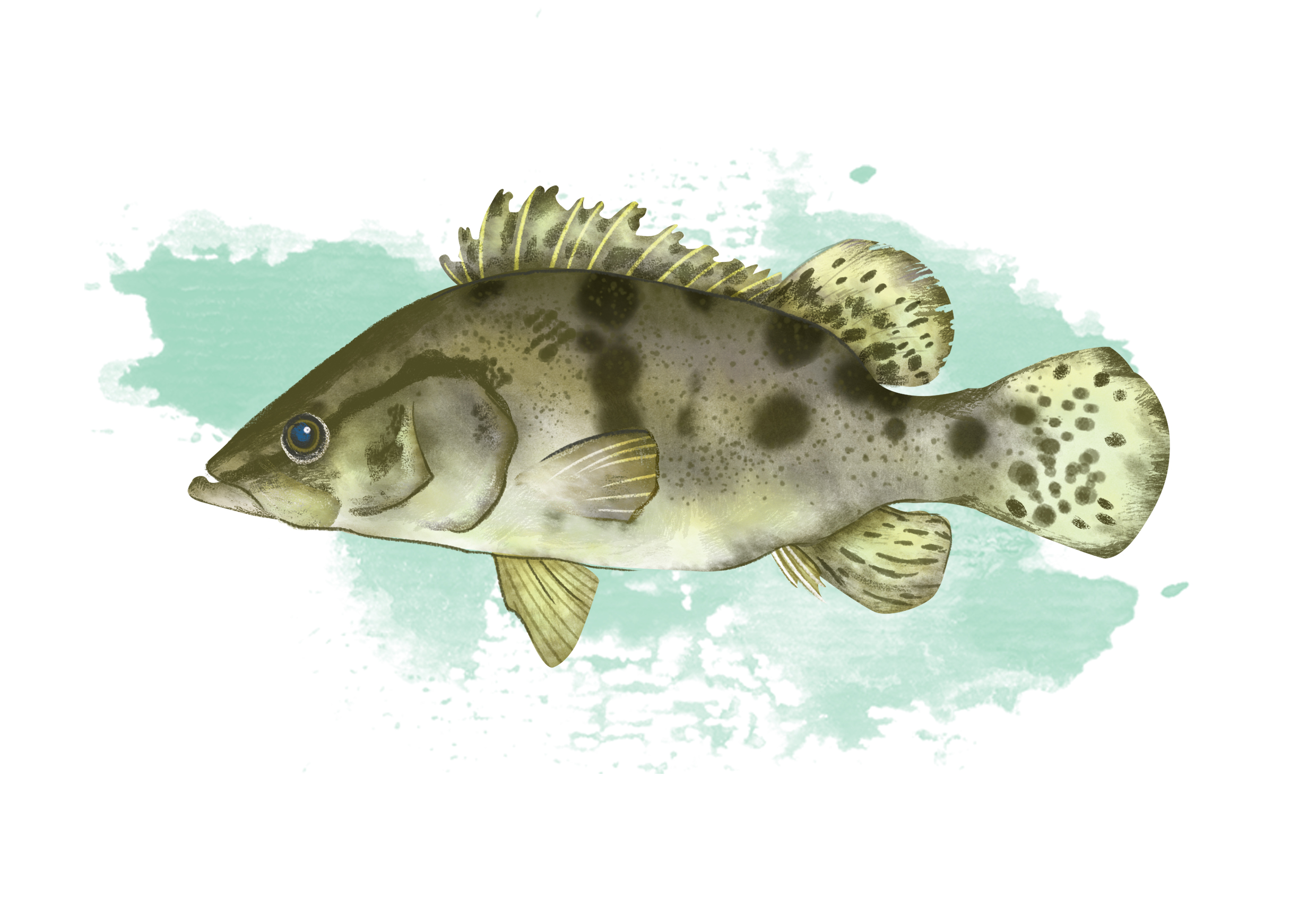
Hatchery-based
Chinese perch is carnivorous and mainly preys on other fish. It is fully dependent on fish protein with high fish-in-fish-out ratio, meaning that large amounts of fish are needed to produce one kilogram of Chinese perch. The origin of the feed is not always traceable.
The farming sites of Chinese perch are in high habitat-value areas and there are signs of impact on the surrounding environment. The species is native to China. However, the farmed fish escapes may lead to negative environmental impacts, mainly by reducing the total densities of wild forage fish populations. This species has been reported to have occasional but widespread disease outbreaks. The risk of transfer of these diseases to the wild is not well documented. Chemical treatments may be used to minimise the risk of these diseases.
China’s regulatory framework for aquaculture is marginally effective. However, it is becoming more comprehensive to satisfy the continuous development of the sector and to minimise adverse negative environmental impact. Monitoring and enforcement appear not to be always effective. Data availability is partially limited and lacks monitoring and transparency.

